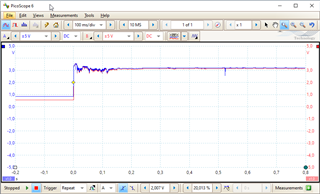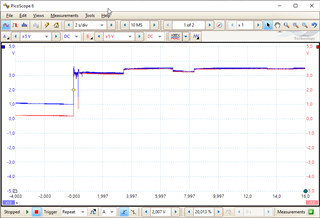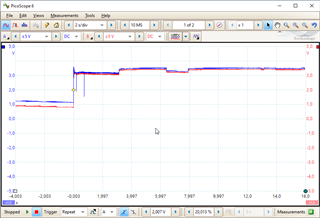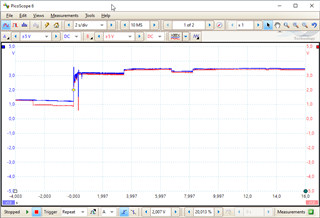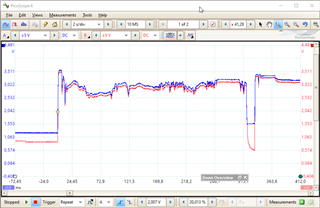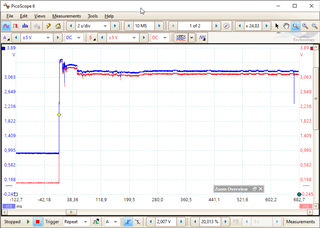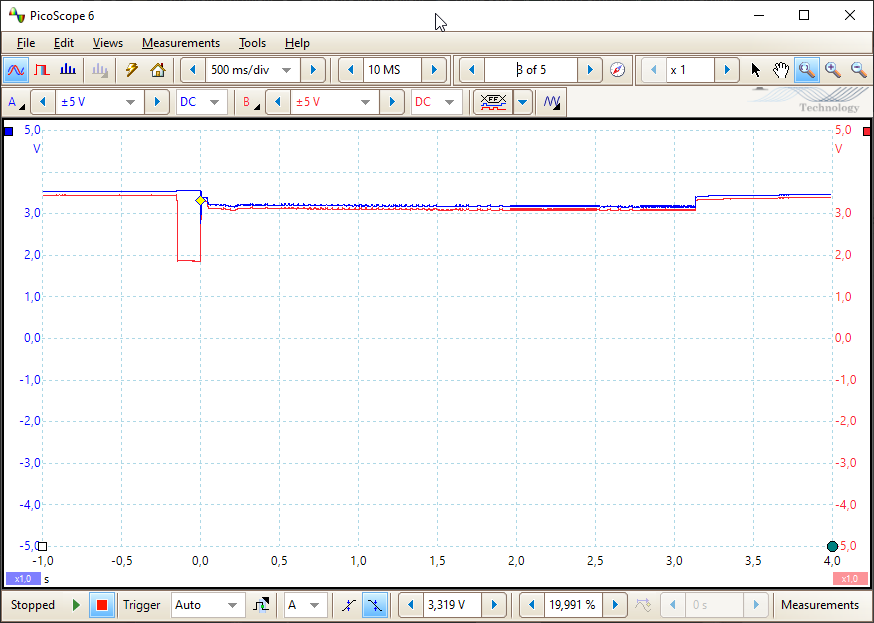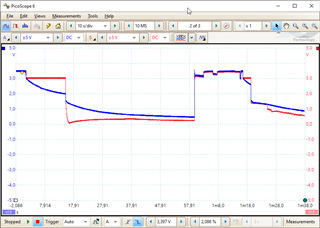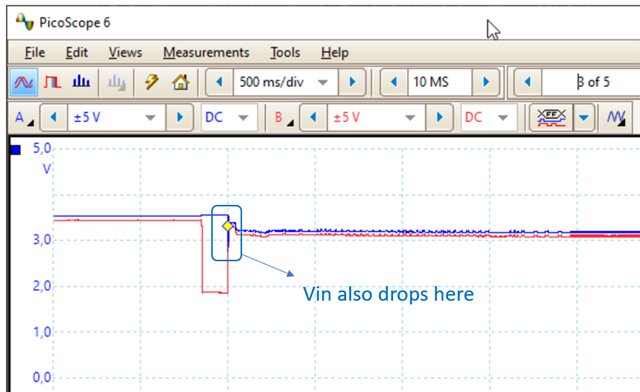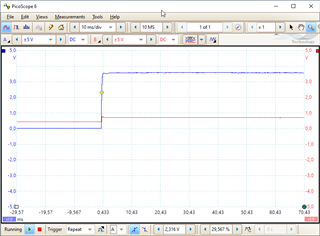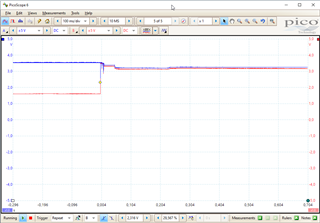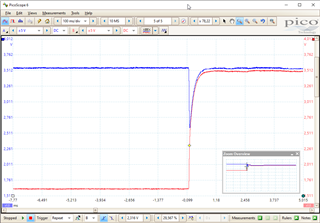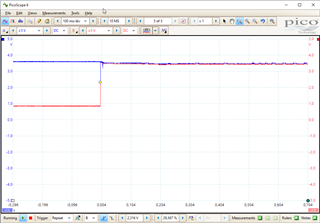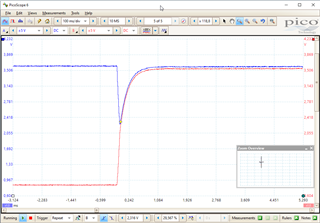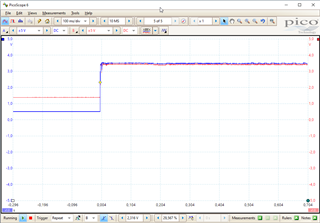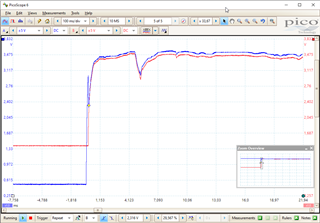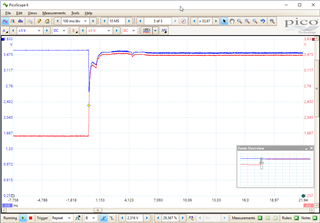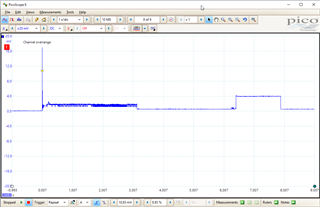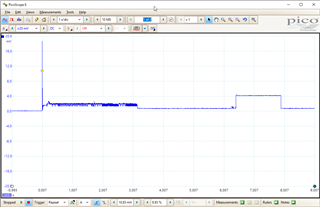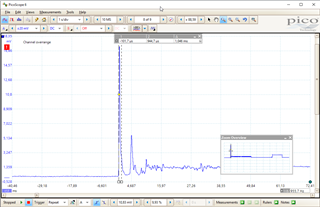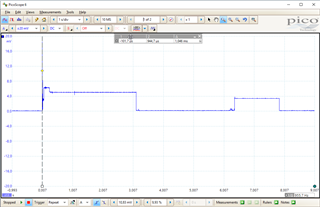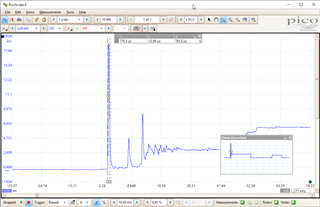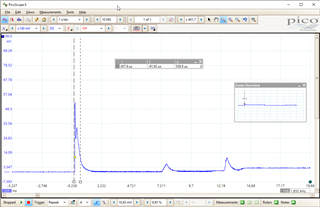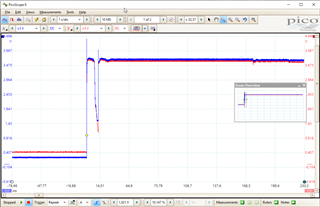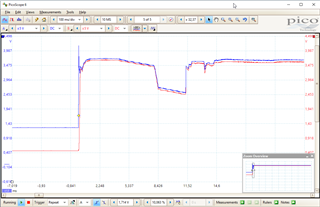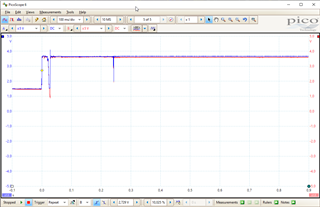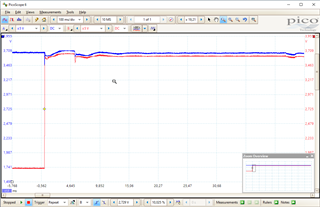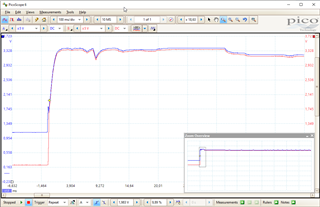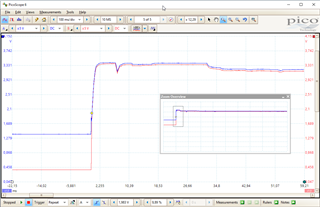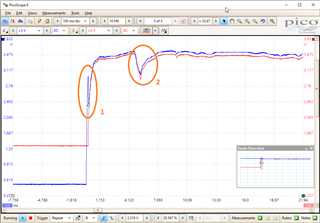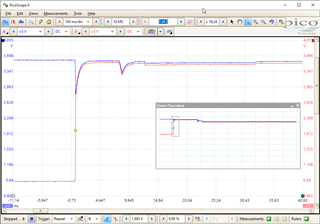Tool/software:
Hello TI an fellow EE,
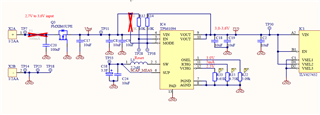
This is the power path for an iot device and while testing with multiple prototypes and batteries we have the problem that 70% of the time inserting my lithium LS14250 battery in the product the supercap is not being charged.
The idea behind this setup for EN and MODE is that on battery insertion the device is enabled and once Vout becomes high it goes to auto-buck/boost mode. The reason R14 is tied to Vout and not Vin is that with the battery removed Vin could drop to Vout -> device to bypass without reverse current flow, and then Vin could drop further and then the device gets disabled. Resulting in a user experience that removing the battery resets the device, instead of having to wait for possible a week for depleting the super-cap. I am still testing this.
In normal operation, both EN and MODE should be high and with a fresh battery the supercap should be charging. This is however not the case. Lithium thionyl can be a bit lazy if they have been on stock. That is probably why with my bench supply at 3,6V i have seen this occur only once, thinking it was a manufacturing defect and continued testing the other prototype. If you wait for a few hours the supercap usually ends up at around 0,3V while not charging. Waiting 24h does not increase further. Pulling EN low (with a button to gnd on TP28) usually fixed the problem. sometimes you needed to press it multiple times. Once it started charging everything worked as expected.
I tried to reproduce the problem and I can do that when a 10k series resistor is inserted series with the PSU. This is too big of a series resistor to sustain the current of the product (30mA peak, 6uA sleep) and the charge current of the supercap. Once i short the 10k resistor, Vout rises to Vin, but the supercap does not start charging, even while i expect it to do so. After a lot of testing i found out toggling MODE low, forces the chip to charge and even after releasing the button, it continues charging as it should. Of course the internal resistance of the battery is much lower, but this worked for reproducing the problem.
I have the feeling the chip latches in some weird state and misses the trigger it can start charging the supercap if the input voltage is sufficiently high. If i slowly turn on the input voltage charging starts when above the 3,0V setting of OSEL as expected.
For now i think the fix/patch is forcing MODE low with a transistor controlled by the microcontroller until the supercap is charged to about 0.85V (Vsup_uvl).
I measure the supercap voltage with the device microcontroller with this circuit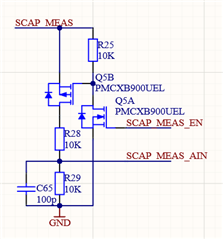
probably not of interest, but for completeness you never know. The microcontroller runs at 1,8V so i need a low power way to bring it down.
I really would like to prevent coming into this state and even more prefer to exit it without adding logic, software and another revision. But the most important part is understanding what is happening and knowing the fix is a solid solution. All idea's are welcome :)
Thanks in advance,
Ruud



